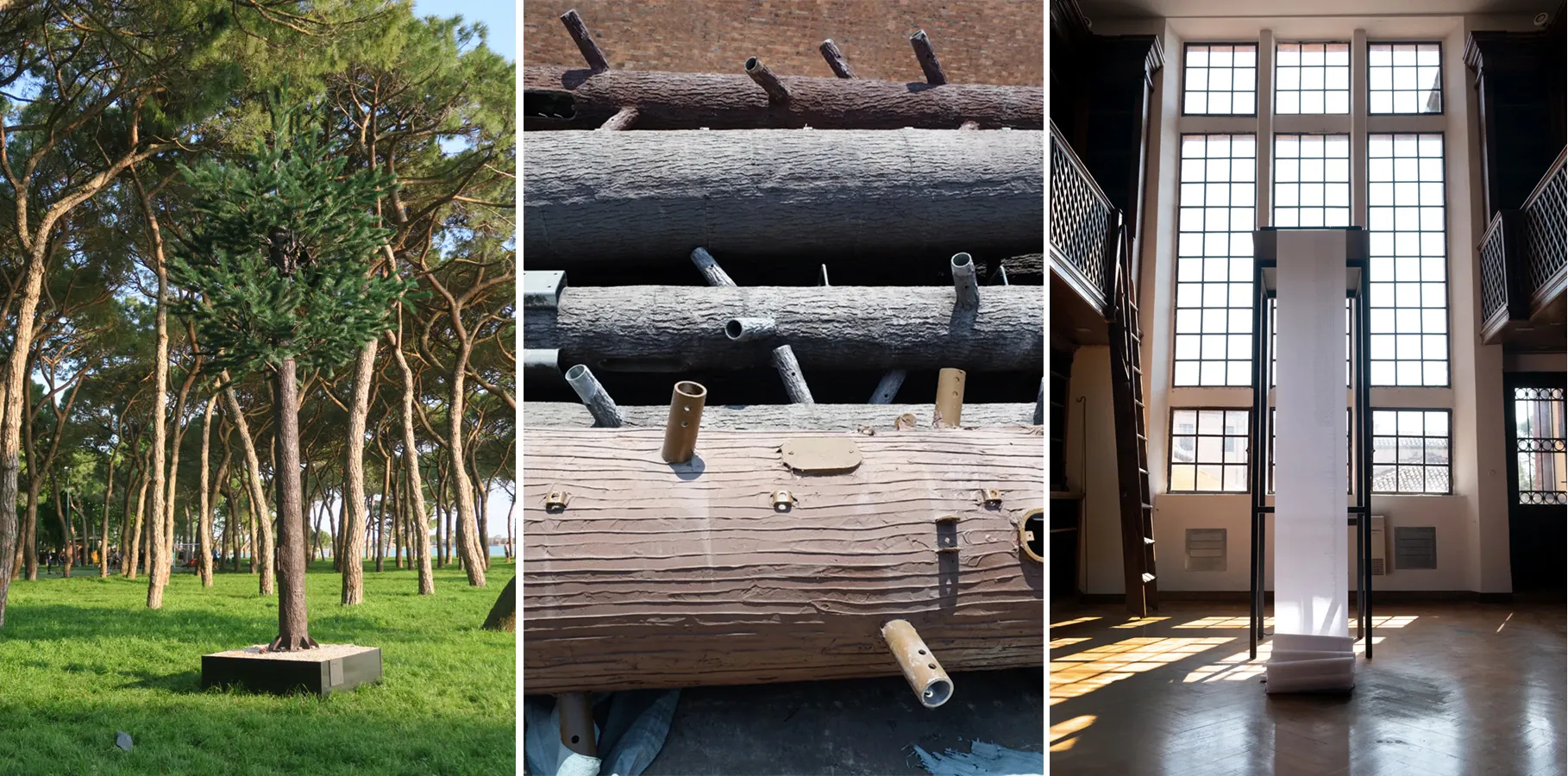Bending the rules
Written by
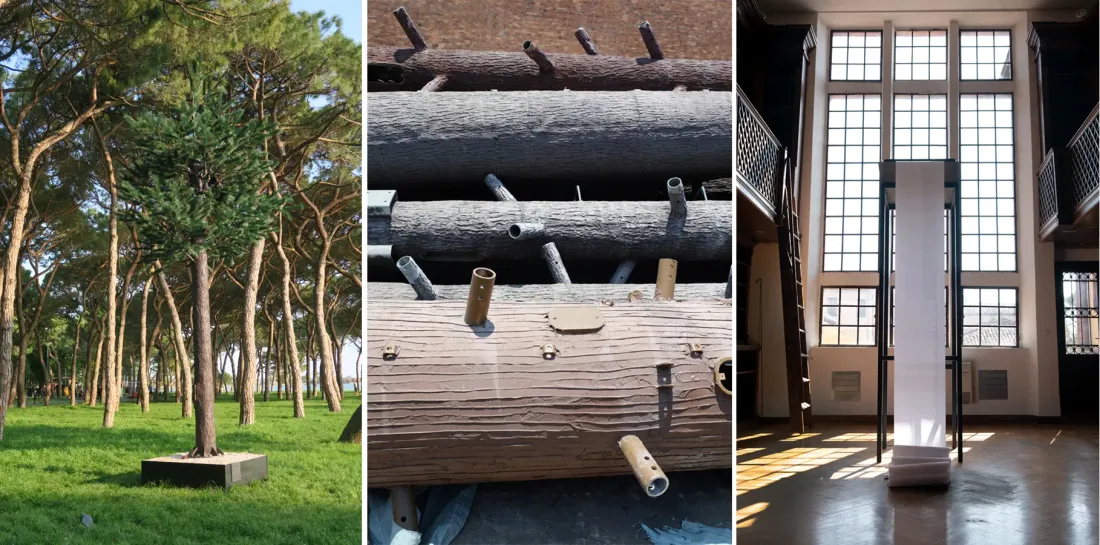
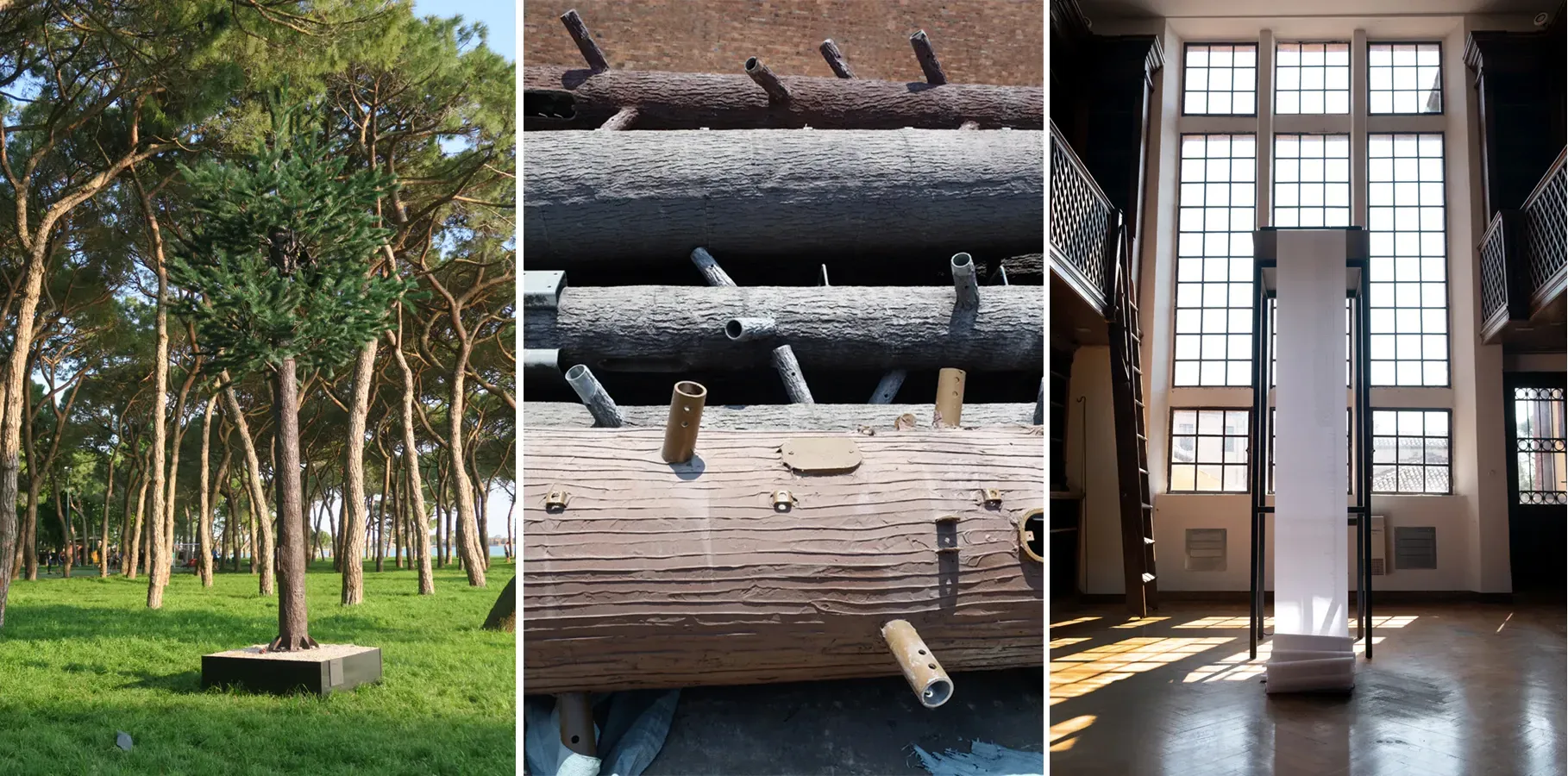
I was told an amusing story about artist Dane Mitchell. It involved a sandwich board from Auckland’s Artspace, its swift removal and subsequent road trip around the country with Mitchell, photographic evidence of it ‘visiting’ different towns, followed by a call to then-director Robert Leonard promising the return of the now-infamous sign, or work of art, in exchange for a large sum of money.
Questioning hierarchies and social behaviours
Despite being an old tale and seemingly nothing more than a playful prank, this story is typical of the rule-bending and constant questioning of hierarchies, systems and social behaviours that Auckland-born artist Dane Mitchell has become known for in his professional practice. He is not afraid of controversy, nor of ambitious projects in which he tries to tease out the hidden value in objects (e.g. a sandwich board) or to render invisible forces visible (e.g. the unwritten agreement that artists should not steal property from galleries). In 2009 Mitchell caused a stir when he won the Waikato National Contemporary Art Awards with an artwork assembled from nothing but the binned packaging from other award entries (Collateral, 2009); he has placed a curse on a gallery (Threshold to Beckoning, 2013); installed a vaporous sculpture (All Whatness is Wetness I, Meander Homeopathic Vaporous Object, 2015), and has attempted to capture weather in glass forms (Sketches of Meteorological Phenomena, 2014).
He is not afraid of controversy, nor of ambitious projects in which he tries to tease out the hidden value in objects
While perhaps not as mischievous and light-hearted as some of his earlier works, Mitchell’s project for this year’s Venice Biennale, Post hoc (meaning ‘after this’ in Latin), is just as ambitious in its scale, just as poetic and just as research-heavy. The multi-part installation is based primarily at the New Zealand Pavilion, in the sprawling, historic Palazzina Canonica on the Rica dei Settee Martiri (formerly the headquarters of the Institute of Marine Sciences) and revolves around an immense collection of words of extinct objects and bygone things that are transmitted from ‘stealth tree towers’ (industrially manufactured pine trees) on the grounds and at various sites across the city.
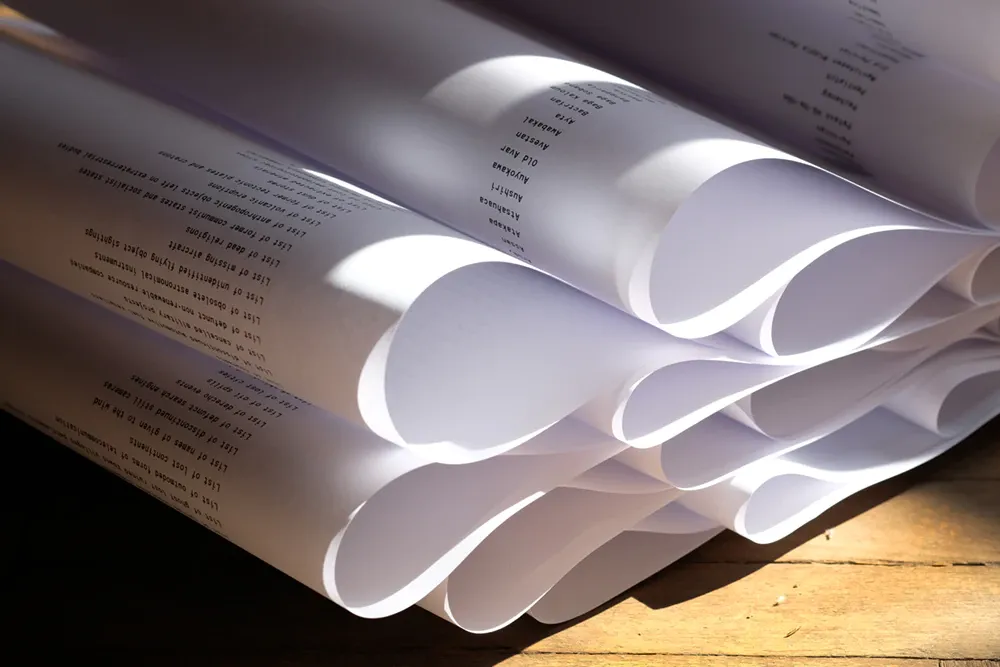
A never-ending list of enigmas, failed utopias and worse
Together with Lead Curator Zara Stanhope, Project Curator Chris Sharp and the assistance of three researchers, Mitchell has spent over 18 months manually compiling the 260 lists, covering topics such as science, technology, history and natural phenomena. Among the lists are lists of destroyed ships, former capital cities, banned pesticides, sinkholes, UFO sightings, dead religions, enigmas, failed utopias, volcanic eruptions, former communist states and socialist states, droughts, discontinued projectors and obsolete audio formats... lost entities that have been brought back to life for this project with the help of advanced, seemingly invisible technology. (The lists are either broadcast directly through speakers integrated into the tree’s design or through a one-to-one wireless network which the viewer can access using a smartphone and listen to an mp4 file of the lists.)
...lists of destroyed ships, former capital cities, banned pesticides, sinkholes, UFO sightings, dead religions, enigmas, failed utopias, volcanic eruptions, former communist states and socialist states, droughts, discontinued projectors and obsolete audio formats...
In addition to being transmitted for eight hours a day, every day, over the whole duration of the Biennale, Mitchell’s lists are also simultaneously printed out in the old library of the Palazzina. After being emptied of all books and traces of previous knowledge, now only Mitchell’s anthology of words fill the space, the paper spewing out a select history over the wooden floors.
The chamber with no echo
Post hoc also features another component that occupies one of the rooms on the ground floor of the Palazzina: a large anechoic chamber (an echo-free, stainless-steel structure shaped like a loudspeaker which is lined with absorbent foam and houses a microphone and speaker). Inside the chamber, the lists of non-existent things are read aloud by an automated, electronic voice and are in turn recorded. It’s also, as Project Curator Chris Sharp describes: “a metaphor, to a certain extent, for the whole project, in that it is trying to present or contain this vast loss, these 3 million words and these seven months of speech. At the same time, In the box is this uncontainable thing, so it’s almost like this speech is deliberately a false sense of containment, which is the core of the project.”
Because Post hoc is spread out across different rooms and different sites, it’s a project that rewards you the more time you spend with it. Whether in the old library watching more and more printed words of disappeared things fold in and on top of themselves, listening to a monotonous computerised voice read through a list, or peering up at a crude pine tree with its overtly fake bristles, off-kilter branches and supersized industrial bolts, Post hoc is haunting.
The not-so-stealth-towers, barely camouflaged amongst the native pines, open grassy areas and the city’s architecture, not only make tangible Mitchell’s collection of extinct, invisible and bygone ideas, but by standing in front of them, they connected me both to a past world and made me acutely aware of my physical position in the present.
A sombre reflection on the haunting Post Hoc
My Post hoc experience during that week at the vernissage of the 58th Venice Biennale had me in a precarious city that is in genuine danger of disappearing, wondering how long it will be until it too, is added to the list of lists.
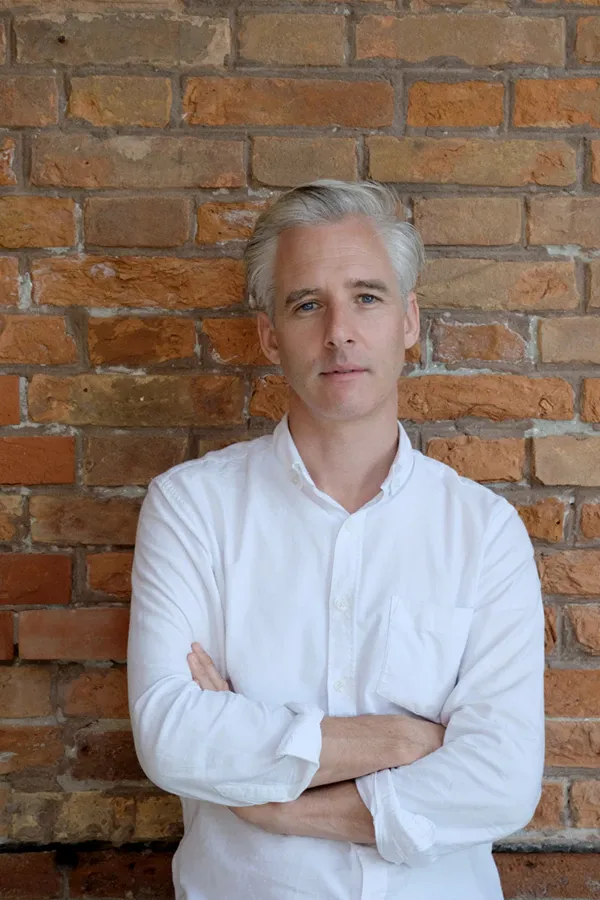
All images courtesy of Creative New Zealand.
By Genista Jurgens
After graduating from Elam School of Fine Arts, Genista flitted between different creative industries, working mostly in advertising and film and television. She now resides in Portugal where she writes for online art publications including Ocula.com and Format Magazine, and last year she joined the online art publishing platform Contemporary HUM team.
